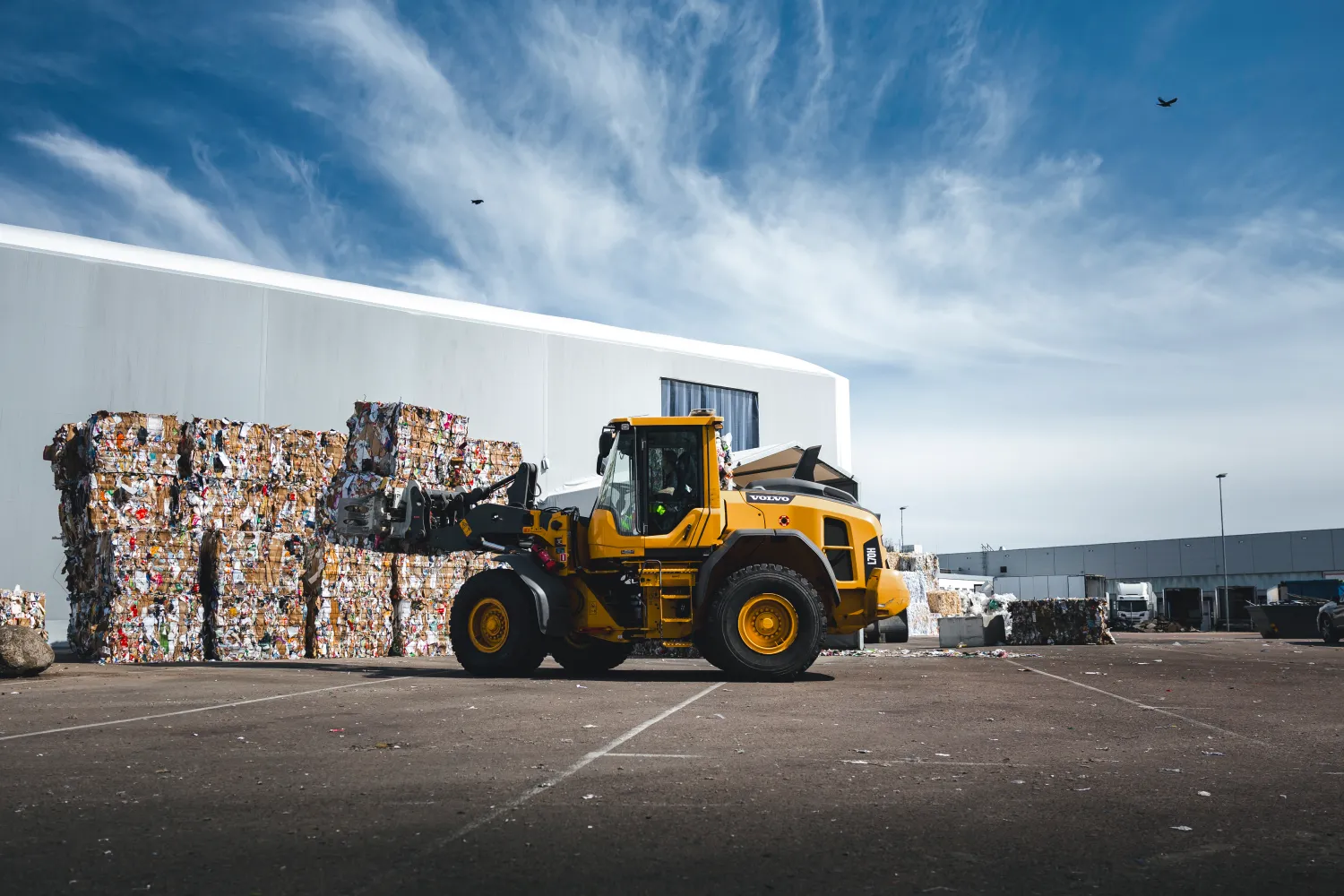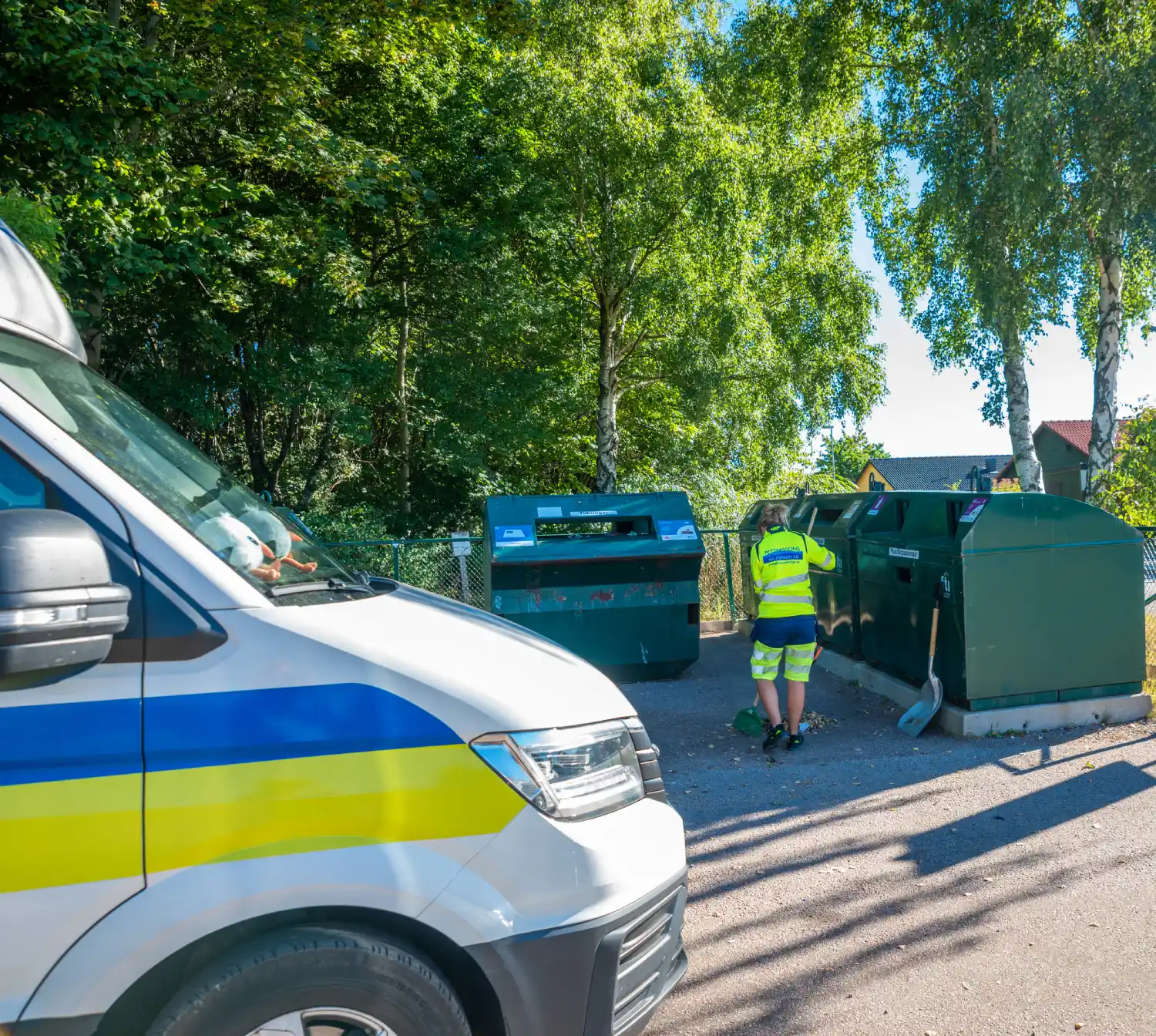Facilitating Recycling in Falkenberg with PetterssonsMiljö’s Services
Facilitating Recycling in Falkenberg with PetterssonsMiljö’s Services
Blog Article
Recycling in some sort of filled up with diverse presentation materials presents equally possibilities and challenges. Today, customers and firms alike demand more sustainable methods while governments progressively apply stricter rules for spend management. But, the complexity of handling different presentation materials means addressing special recycling requirements for every type. This short article has a deeper look at the recent developments, difficulties, and answers in crafting powerful Recycling (Återvinning) methods for diverse presentation materials.
The Difficulty of Varied Presentation Materials
Appearance resources have come a long way from easy cardboard boxes. Nowadays, they contain materials, glass, metal, paperboard, and multi-layered composites, among others. Each kind comes using its special group of recycling requirements. As an example:
Plastic: While plastic is light and sturdy, their various types (like PET, HDPE, LDPE, and PVC) usually need separate series and handling methods. Mismanagement can result in contamination and inefficiencies in recycling streams.

Material: Aluminum and jar drinks remain extremely recyclable, although not without proper selecting in order to avoid contamination with non-recyclable metallic items.
Glass: Recycling glass demands segregation by color and unique features in order to avoid problems like fragmentation or contamination with ceramics.
Paperboard: Thick, painted paperboard packaging is recyclable in many cases, but the large use of glues or laminates may restrict the process.
Multi-layer Presentation: This group creates the most substantial concern since it frequently mixes materials difficult to separate, such as for example metal and plastic levels in treat packaging.
With the international economy making over 350 million a great deal of plastic annually, and presentation in charge of almost 40% of its application, addressing that complexity is crucial to achieving larger recycling rates.
Limitations in Tailoring Recycling Methods
One of the greatest challenges in recycling programs is contamination, specially when diverse components are discarded together. For example, when food residue sticks to recycled plastics or damaged glass mixes with report, the performance of recycling procedures declines significantly. A lack of standardized marking techniques also confuses consumers and benefits in improper waste sorting.
Furthermore, fragmented infrastructure plays a part in the issue. Some municipalities lack facilities to method complicated components like multi-layer presentation or particular parts, creating recycling impractical for these items.
Towards a Rounded Economy with Tailored Options
Developing an successful recycling system to deal with different presentation resources requires development and collaboration. Governments, corporations, and people have to function in positioning:
Government Initiatives: Applying Extensive Company Obligation (EPR) guidelines may inspire manufacturers to style appearance that's better to recycle.

Modern Systems: Substance recycling methods, like depolymerization for parts, may breakdown hard-to-recycle products for greater recovery rates.
Customer Education: Promoting clear recycling behaviors and clear labeling can considerably minimize contamination in recycling streams.
Investments in modernizing waste administration infrastructure may play a crucial role, along with ongoing research into biodegradable and reusable presentation solutions.
A Course Forward
The range in presentation materials may be a problem, but inaddition it gifts a chance to advance recycling techniques and techniques. A variety of technological developments, regulatory procedures, and customer awareness can travel the change to a more sustainable, circular economy. Handling the initial recycling needs of diverse resources is no further an alternative but essential to fight reference depletion and defend the planet. By tackling these challenges strategically, world wide neighborhoods may ensure long-term environmental viability.
Report this page